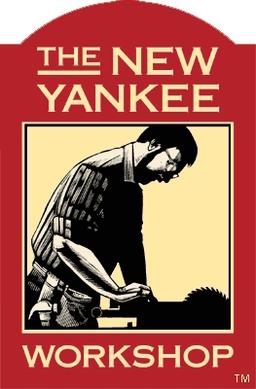Hi everyone,
I’m slowly getting into the craft of woodworking and I’m trying to pick out some “starter” tools. I don’t want to go completely cheap but I don’t want to spend all kinds of money (yet).
I was set on getting a cross cut panel saw for ripping and cross cutting (until I get a ripping saw) and a fine tooth pull saw for more accurate cuts.
My questions for recommendations are:
- Should I get a hardened cross cut saw and just use it until it’s junk or get one I can sharpen?
- Can hardened carbon steel chisels be sharpened or are they also “disposable”?
- Is it better just to get a “dovetail” saw than a fine tooth pull for small, accurate cuts such as a joint?
- On a different note, is a #4 planer the best to start with? A few videos recommend that over a #5 because a #4 is easier for smoothing.
Any help is greatly appreciated. I know I’ll have to just try a few things and see what works best, but I’m trying to be wise with what I get.


Thank you that’s reassuring. The chisels say “Hardened, tempered chrome carbon-steel” but not impulse, so I think they’ll be fine. The other thing I’m trying to find is a manual hand brace drill but the only new one I could find was from France and about $160. I’m thinking of just finding an okay one on eBay and seeing how it does.
If you have any other suggestions for whetstone liquid or wood glue, it would definitely save me some searches.
I bought diamond stones for sharpening and just used windex or whatever cheap offbrand stuff I could find and it worked well. I’m not sure what one would use with traditional sharpening stones.
For glue just standard yellow wood glue is fine for most purposes (Lepage brand I think?). Titebond is good too though more expensive, and they have different varieties if you need water proof glue or whatever.
I never did get a hand brace. I think Lee Valley Tools might sell one but yeah it was expensive and for most purposes I’m fine with just my electric drill. For those traditional braces I think they also require a matching bit since they don’t have a standard chuck so watch out for that I guess. Brace and bit always seemed cool to me but I could never justify the expense of getting into one, nor did I ever come across a good deal on a used one that had a bit as well.
I haven’t come across using Windex, but I guess it’s worth a try.
I see the Lee Valley one and yeah it’s still kind of expensive. There are quite a few on eBay that are affordable. I’ll have to check out the chuck situation on it though.
Thanks again for you insight.
An antique or vintage brace may have a chuck intended for square-shanked bits, but there are chuck adapters available that should allow you to use hex-shanked bits (to the best of my knowledge, anyway—I’m also just building up my toolkit, so lots of reading but little practical experience). Or track down some of the old bits.
https://www.letoolman.com/antique—vintage-tools.html lists “Vintage Stanley brace & bits $10. each with a free bit” in his horribly messy inventory. Might be worth emailing to ask?
Yeah I see that about the chuck now. And not all of the listings show what chuck it has. The website looks like it has a few good things to pick through but the photo of 11 hand braces with the caption “some are sold” just made me chuckle.
I don’t think he ever rephotographs anything or removes it from the site. A mess, like I said. I suspect he’s a retiree running a part-time business out of his home.
Windex is one of those Paul sellers tips/suggestions :)